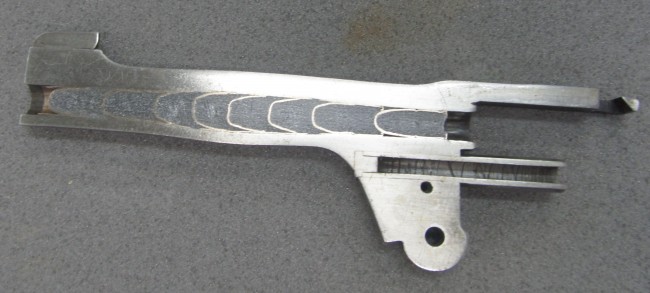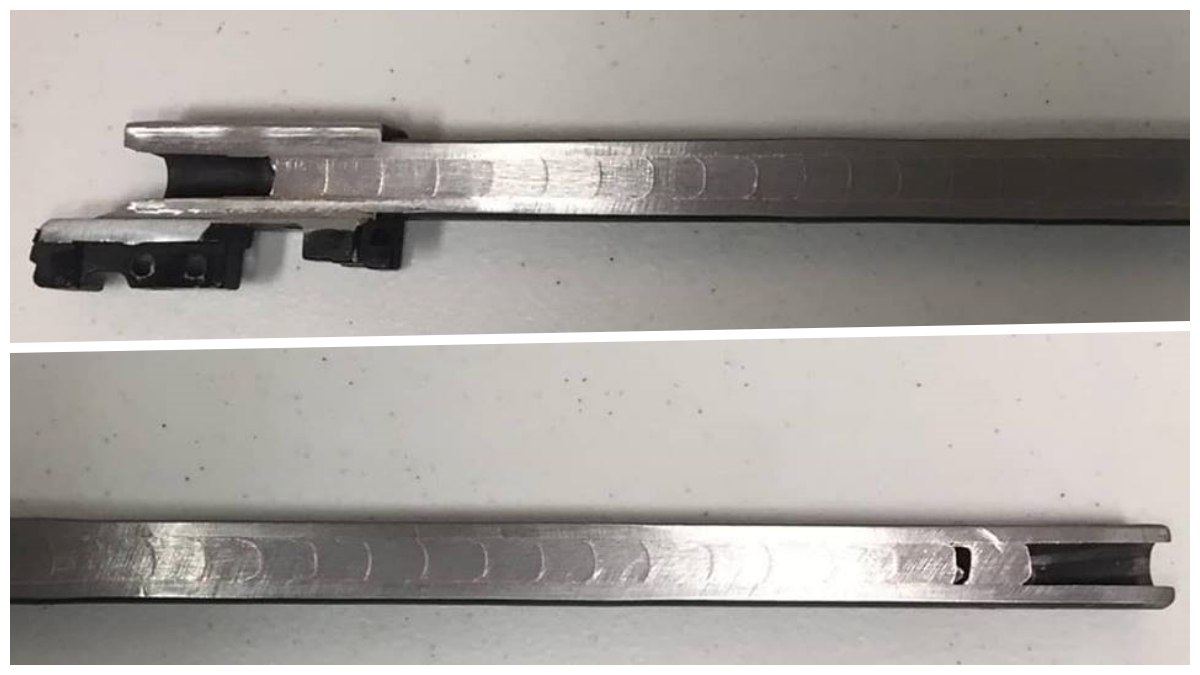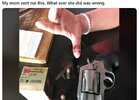Andrew Leigh
Member
I have inherited this firearm from my Dad. Due to the laws of the land this side of the pond, it has had to stay in dealer stock until licensed into my name. My brother who knows the revolver well warned me that she "spits lead" and that I need to warn shooters to my right. I have been doing research ahead of taking ownership with a view to resolving the problem.
My dad shot his own cast semi-wadcutter's with moderate target loads using local powders. He used a SAECO #382 bullet mold which is rated at 158gr. My Dad's mixture would come out at 147gr. (7% lighter) and he used a Lyman bullet sizer of 0.357". The bullets were on the harder side I assume?
Apparently, the revolver was at a gunsmith who said that the timing was spot on but that the barrel was out of alignment. Frankly I find that rather hard to believe.
After some research I was wondering if there could be lead being deposited in the forcing cone which then accumulates and gets "blown back" and out rather than lead shaving the side of the forcing cone. Unfortunately, I am not in possession of the revolver yet so I cannot do any diagnostics. It is an accurate handgun my brother says and my Dad would get very tight groups with it, so I think that apart for the "shaving lead" that the revolver operates as intended.
I was also musing on if the shoulder of the semi-wadcutter was prone to shedding lead in the forcing cone, especially as it is harder and more "brittle". Would firing some FMJ to see if that proves the point be a worthy exercise?
Any other suggestions as to common reasons for the problems and or what I could try when I finally get the revolver in my grubby mitts?
My dad shot his own cast semi-wadcutter's with moderate target loads using local powders. He used a SAECO #382 bullet mold which is rated at 158gr. My Dad's mixture would come out at 147gr. (7% lighter) and he used a Lyman bullet sizer of 0.357". The bullets were on the harder side I assume?
Apparently, the revolver was at a gunsmith who said that the timing was spot on but that the barrel was out of alignment. Frankly I find that rather hard to believe.
After some research I was wondering if there could be lead being deposited in the forcing cone which then accumulates and gets "blown back" and out rather than lead shaving the side of the forcing cone. Unfortunately, I am not in possession of the revolver yet so I cannot do any diagnostics. It is an accurate handgun my brother says and my Dad would get very tight groups with it, so I think that apart for the "shaving lead" that the revolver operates as intended.
I was also musing on if the shoulder of the semi-wadcutter was prone to shedding lead in the forcing cone, especially as it is harder and more "brittle". Would firing some FMJ to see if that proves the point be a worthy exercise?
Any other suggestions as to common reasons for the problems and or what I could try when I finally get the revolver in my grubby mitts?




 Sorry. I couldn't help myself.
Sorry. I couldn't help myself.